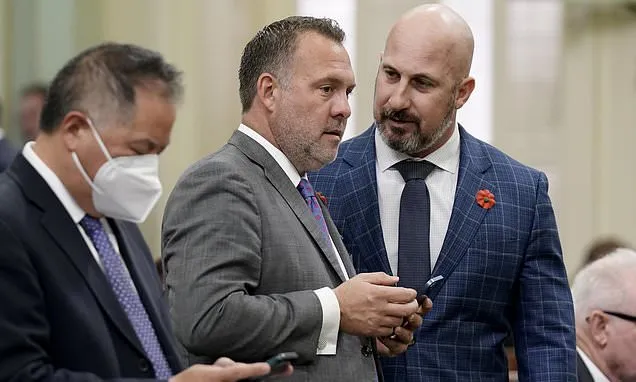LOS ANGELES (AP) - Democrats and Republicans agreed on at least one thing before November's election: California would play a central role in determining control of the U.S. House.
Indeed it did. Democrat Adam Gray's come-from-behind victory over Republican Rep. John Duarte in a Central Valley farm-belt district Tuesday - the final House contest decided this year - gave Democrats their third pick-up of a GOP-held seat in the state, a small victory in a tough year for Democrats nationally.
While Democratic wins narrowed the gap in the House, Republicans held their ground in two other toss-up contests that helped the GOP defend its fragile majority in Washington. Republicans won 220 House seats this election cycle, with Democrats holding 215 seats.
"Netting three seats was a very big deal," Rep. Pete Aguilar, the third-ranking Democrat in the chamber, who lives in Redlands, east of Los Angeles, said in Washington.
Democratic enthusiasm was tempered by turnout figures that lagged behind the 2020 presidential election in the heavily Democratic state, even with Kamala Harris leading the Democratic ticket in her home state.
The election showed Democrats will need to pay closer attention to issues like crime and cost of living, even where they dominate statewide offices and legislative bodies. Claremont McKenna College political scientist Jack Pitney noted that while Democrats hoped California would help them gain a majority elsewhere, gains were not strong enough overall.
"We always knew that this race would be as close as they come," Gray said in a statement regarding his narrow victory margin of less than 200 votes.
In other Democratic House gains, first-time candidate Derek Tran ousted Republican Rep. Michelle Steel while Democrat George Whitesides toppled Republican Rep. Mike Garcia north of Los Angeles.
Meanwhile, Republican Rep. Ken Calvert held off Democrat Will Rollins again east of Los Angeles and Republican Rep. David Valadao retained his seat despite heavy Democratic registration edge there.
The outcome will leave Republicans with nine out of California's 52 U.S. House seats next year.
Although often seen as liberal-leaning overall, several volatile districts have highlighted California’s importance for both parties across recent elections cycles; showcasing significant shifts from one party to another between different years such as those observed since 2018 through present times involving multiple exchanges between these parties within various electoral contexts including redistricting impacts post-census adjustments influencing future distributions too
